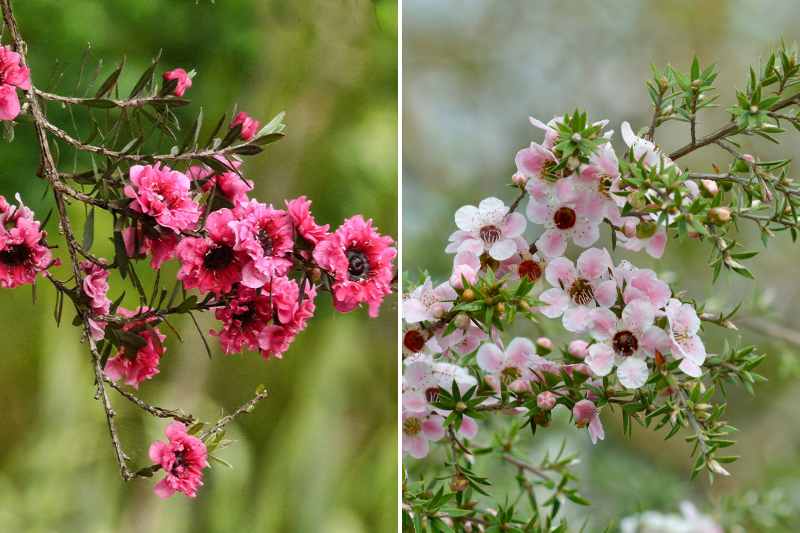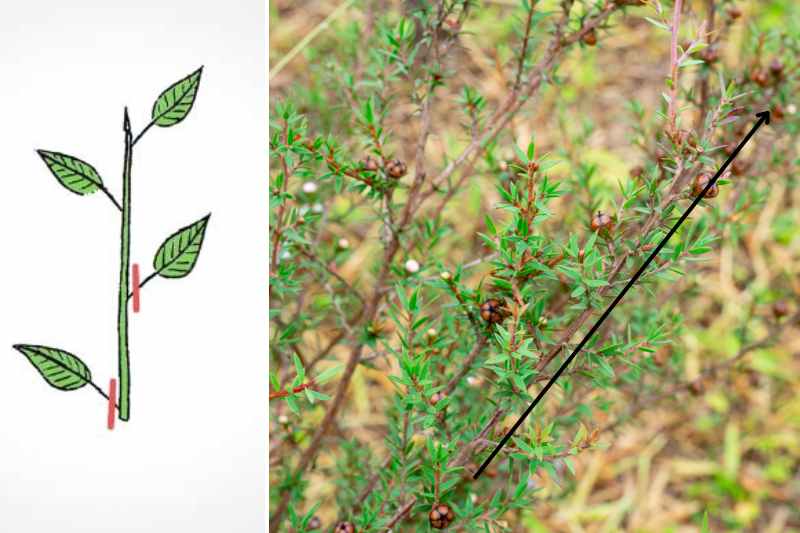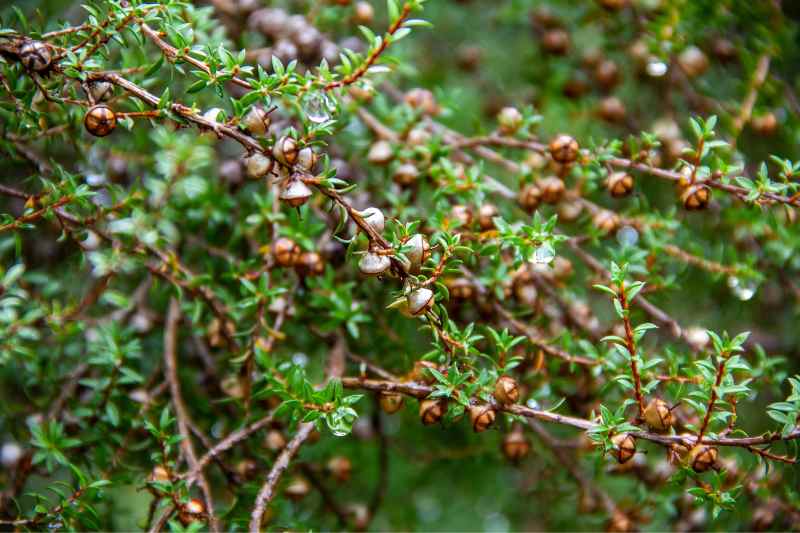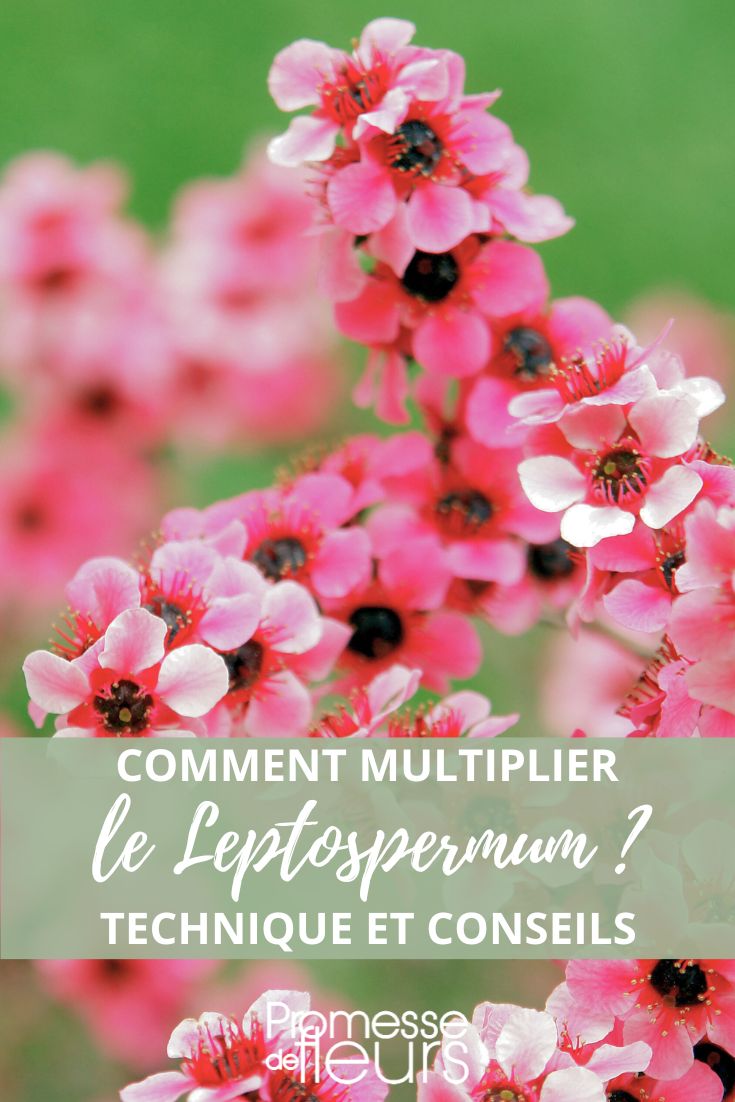In this complete tutorial, you will learn how to multiply Leptospermum effectively, also known as the Tea Tree. Our easy-to-follow guide will help you propagate and sow Leptospermum successfully. So, prepare pots and seeds and let’s start multiplying this bush today.
A few words about Leptospermum
Leptospermum, often called "Tea Tree", "manuka" or False myrtle, is a genus of flowering plants in the family Myrtaceae. It includes about 80 species, most native to Australia, although a few occur in New Zealand and Malaysia.
Leptospermums are bush or small trees with evergreen foliage, known for abundant and attractive flowering. Flowers are often white, although some species and varieties can have pink or red flowers, single or semi-double. Flowers are small but numerous, giving the plant a very attractive appearance when in full flowering. Its evergreen foliage is also attractive, with small, acute and often aromatic leaves.
In general, Leptospermums are fairly hardy plants that prefer well-drained soil and full sun or partial shade. They are also drought-tolerant once established, making them ideal for low-maintenance gardens.
please note : it should be noted that the name "Tea Tree" is also used for Melaleuca alternifolia, which is a different species but of the same family.

When and how to multiply Leptospermum ?
Leptospermum can be multiplied in two ways: by sowing or by propagation by cuttings. Sowing is a long and uncertain process, while cuttings often offer a better guarantee of success.
Propagation by cuttings
Propagation by cuttings is carried out at the end of summer or start of autumn when shoots are long enough without being fully lignified (semi-ripe cuttings).
- Choose a healthy, vigorous stem from the plant, ideally a new shoot that has begun to harden but is not yet fully woody. Cutting should be about 10–15 cm long.
- Use a clean, sharp pruning shear to cut the stem just below a node (where leaves grow).
- Remove all leaves from the lower part of the cutting, leaving only a few leaves at the top end. This is essential, as it allows the cutting to continue to live thanks to its remaining leaves while limiting water loss by transpiration.
- Plant the cutting in a pot of light potting compost kept moist. You can cover the pot with a plastic bag or clear dome (half a plastic water bottle will suffice) to create a humid atmosphere that helps rooting. This is called a cutting under cover.
- Place the pot in a warm spot, in partial shade and water regularly, but not excessively, to keep the compost moist.
- After 4 to 8 weeks, the cutting should begin to develop new roots. Once well rooted, it can be transplanted into a larger pot or planted directly in the garden.

Sowing
The best time to sow Leptospermum seeds is spring, April to May.
- Start by preparing a pot of good-quality seed compost.
- Sow seeds on surface of compost and cover lightly with compost.
- Keep compost moist but not waterlogged and place pot in a warm spot with indirect light.
- Leptospermum seeds can take from a few weeks to several months to germinate: be patient!
- Once young plants are large enough to handle, they can be potted on into individual pots.

Necessary equipment
- Pruning shears well sharpened and clean to obtain a neat cut and minimise damage to the plant.
- Pots for propagation by cuttings or sowing with drainage holes in base.
- Seed and cutting compost or a mix of multipurpose compost and sand.
- Plastic bag or clear dome (optional): used to cover pot and create humid atmosphere to aid rooting.
- Spray bottle
- Garden labels
































Comments